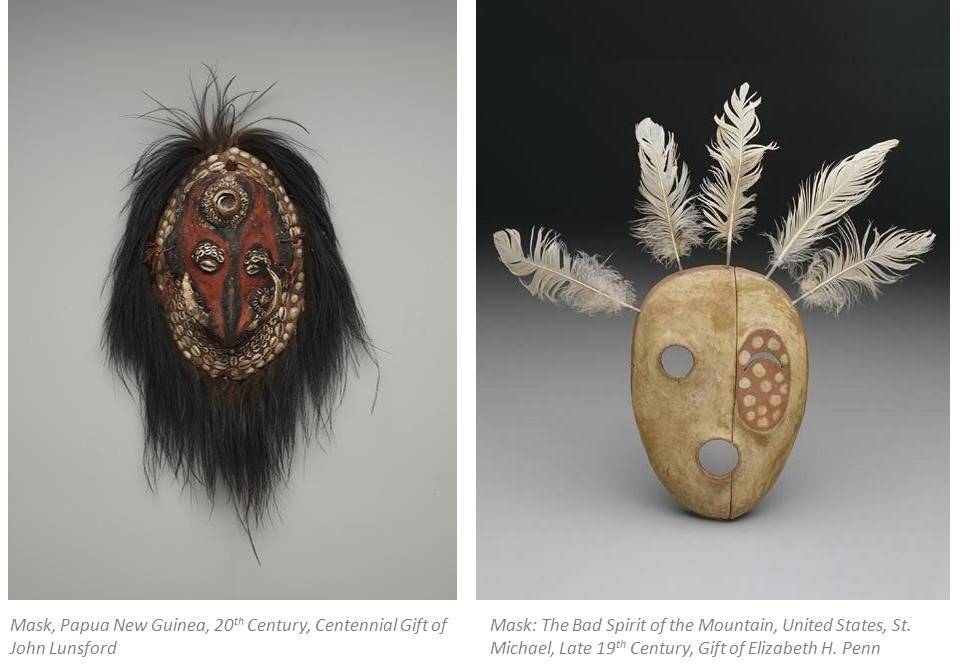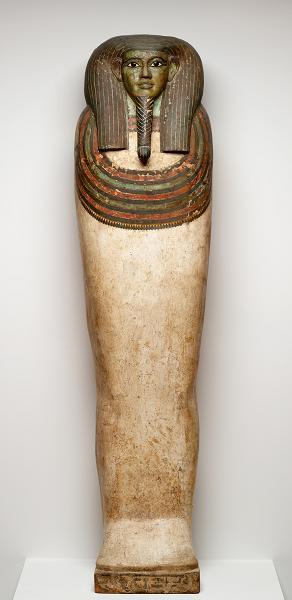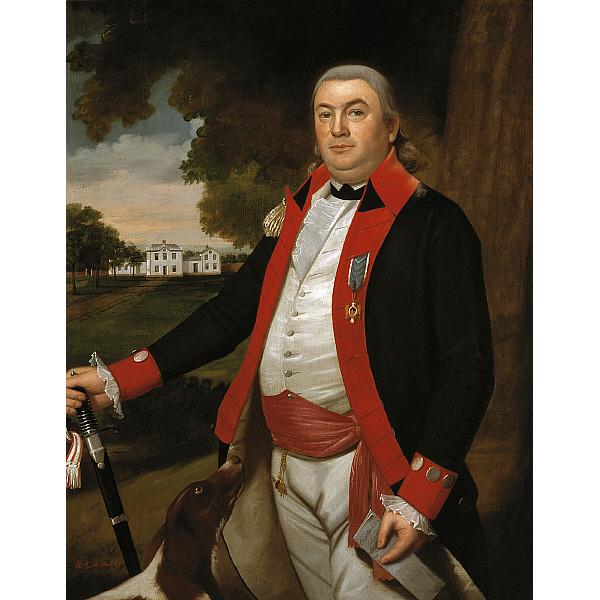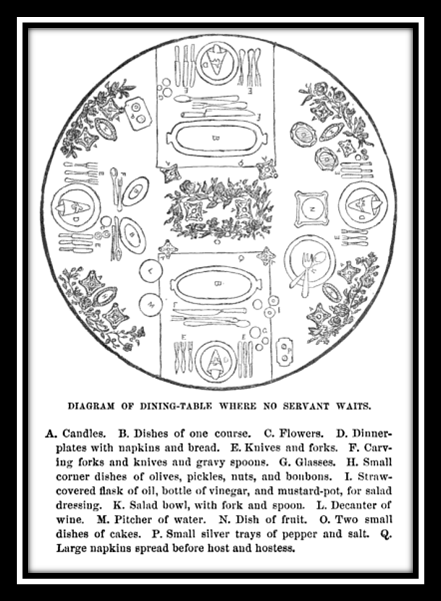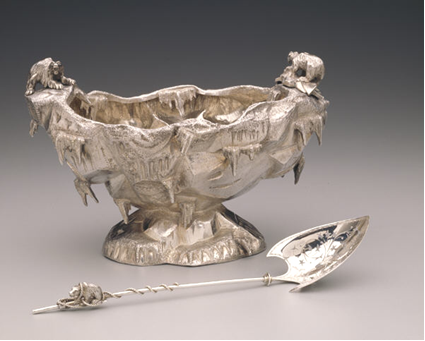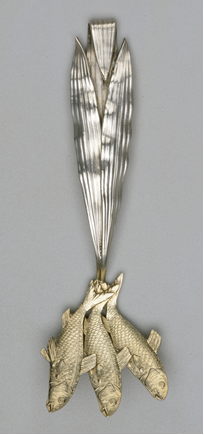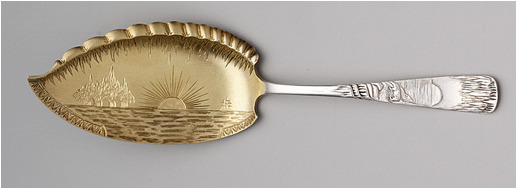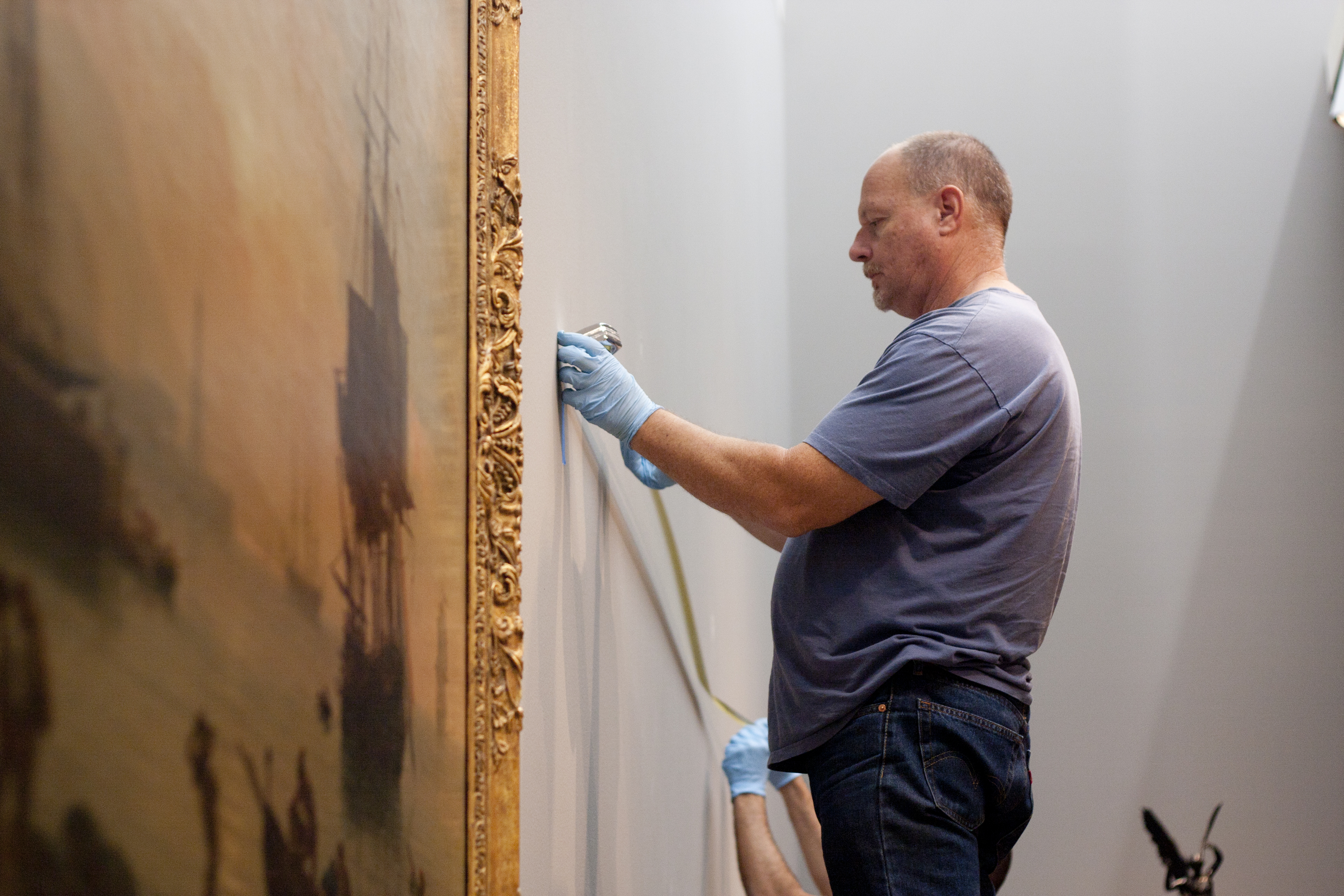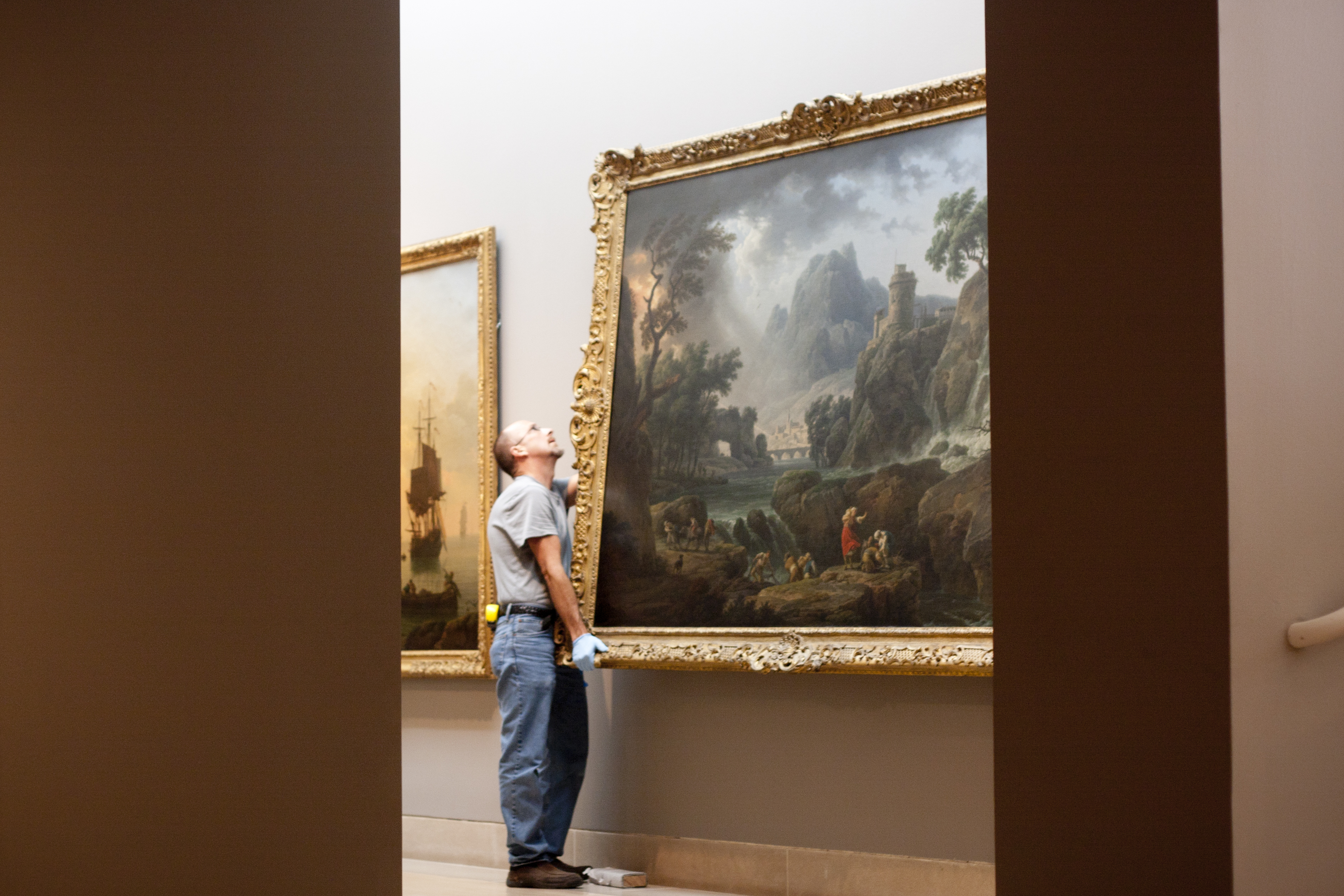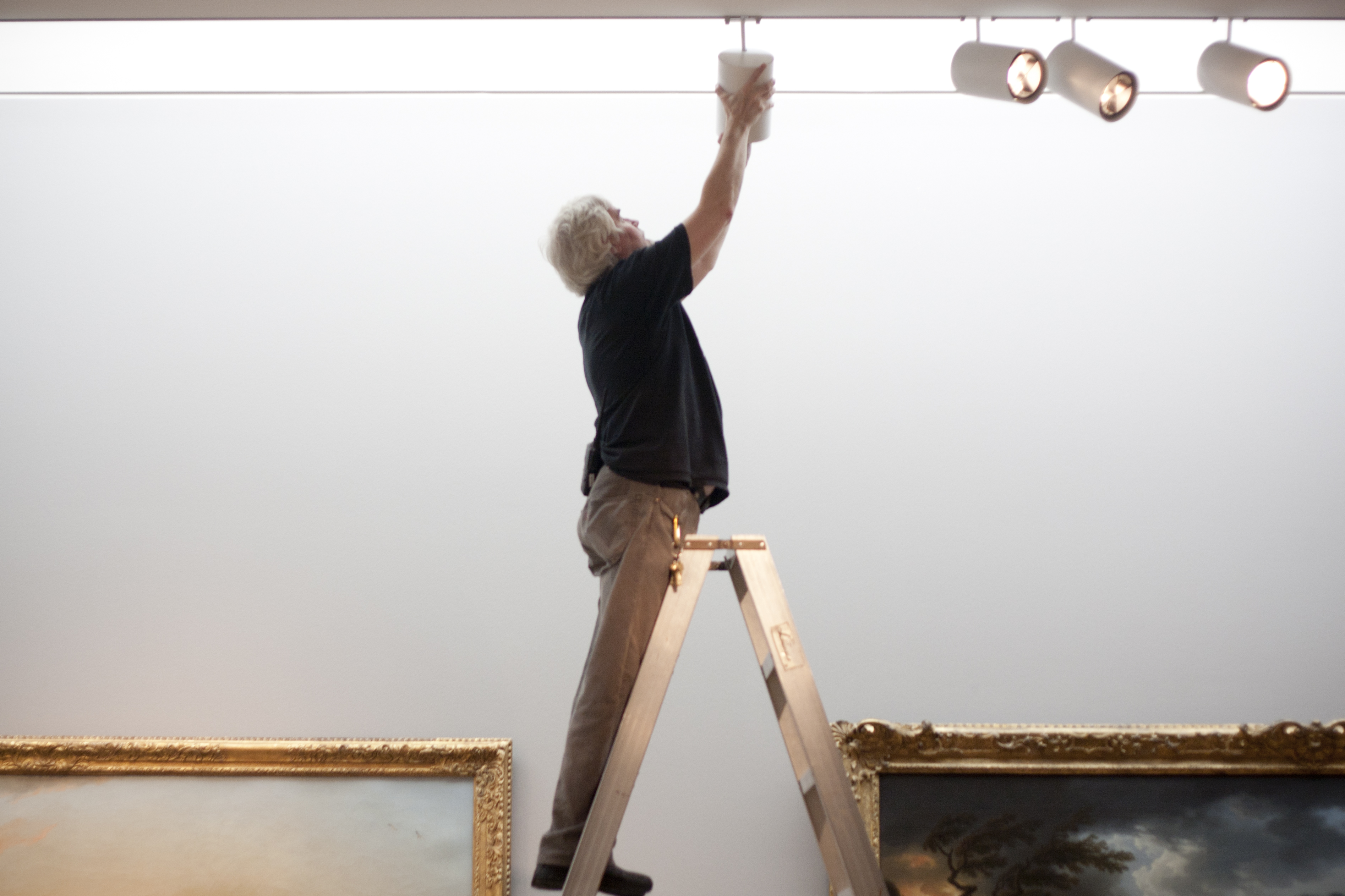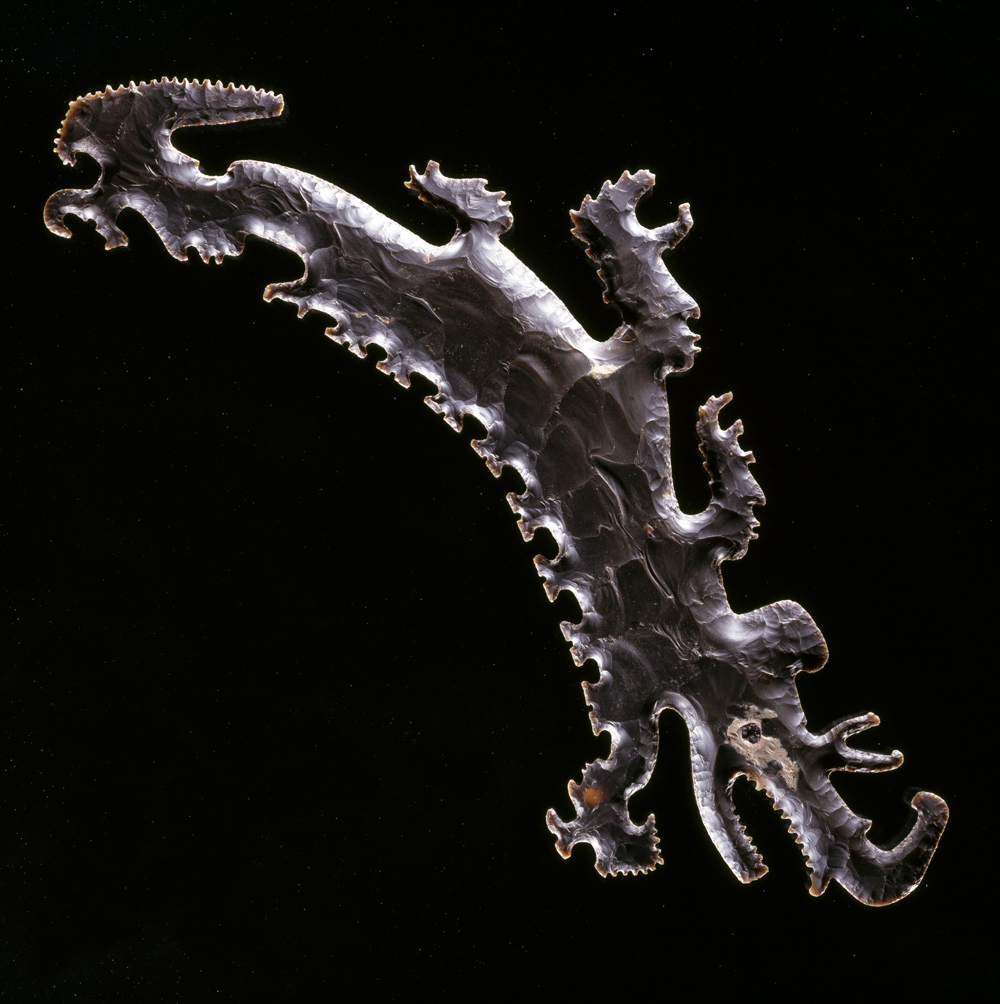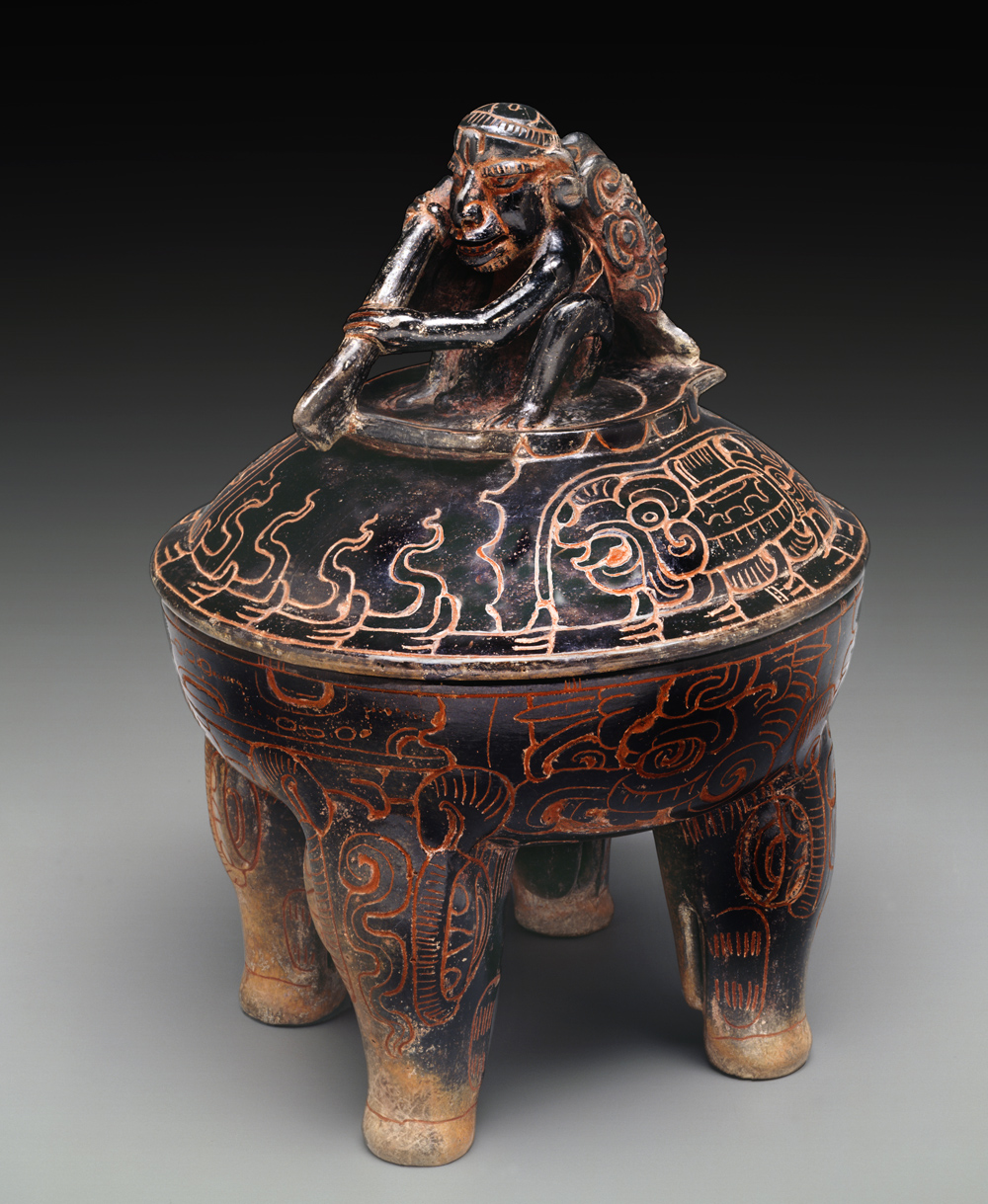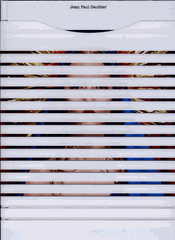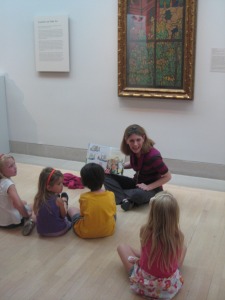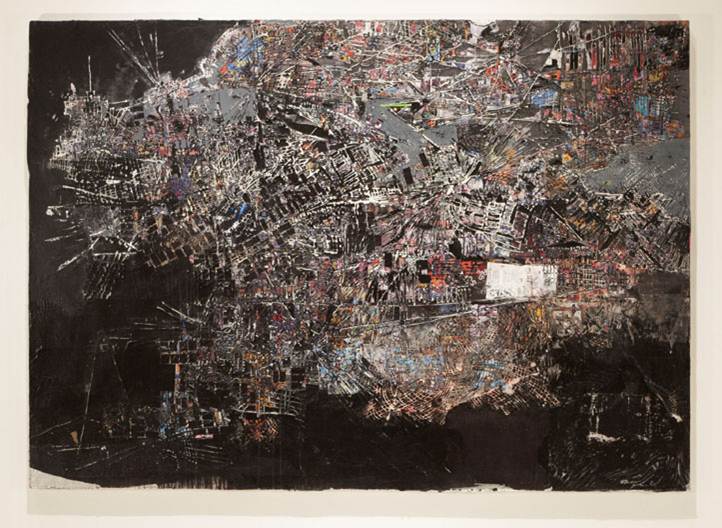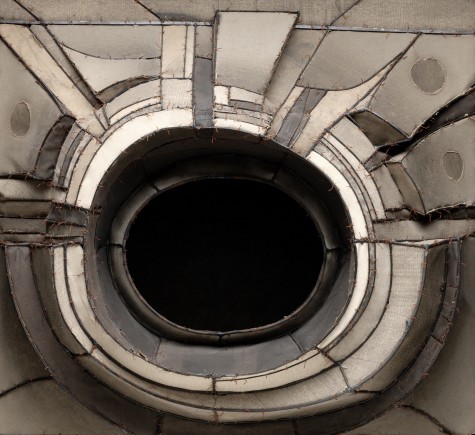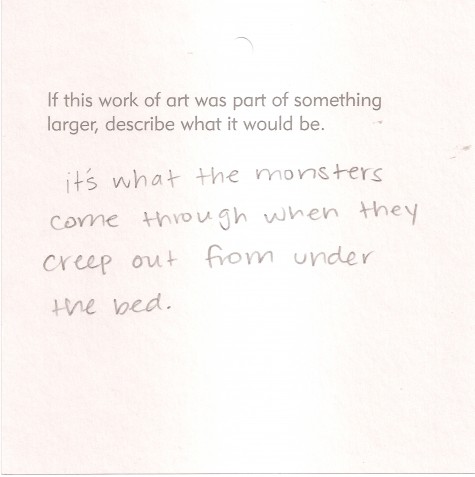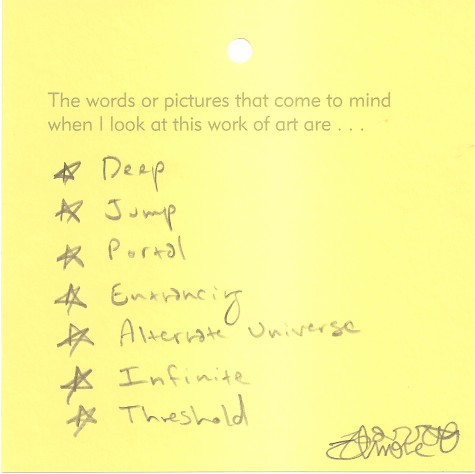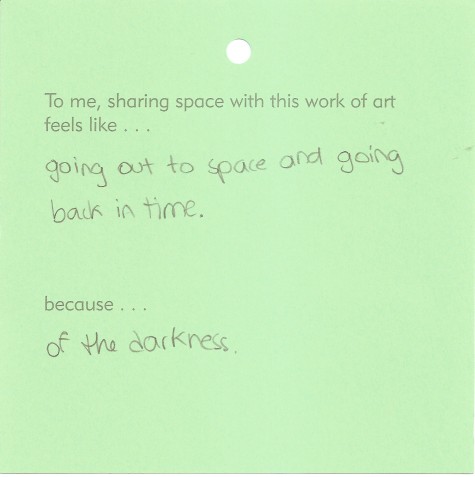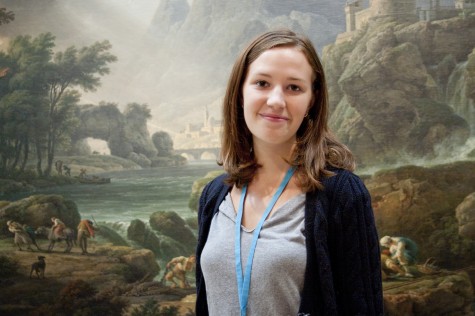 The Dallas Museum of Art offers a variety of internships throughout the year in various departments. This past July, Amandine Marchal joined the Development Department. Marchal hails from Montbéliard, in Franche-Comté (eastern France) and is currently studying business at the French School, HEC Paris. We tracked her down to discuss her experience at the DMA.
The Dallas Museum of Art offers a variety of internships throughout the year in various departments. This past July, Amandine Marchal joined the Development Department. Marchal hails from Montbéliard, in Franche-Comté (eastern France) and is currently studying business at the French School, HEC Paris. We tracked her down to discuss her experience at the DMA.
Describe your internship in fifty words or less?
I am a Development intern at the DMA and occasionally I assist other departments (such as Marketing and Education). I am mainly working on the Fashion World of Jean Paul Gaultier exhibition. I keep some of the special events’ invitation lists and help organize those events.
What might an average day entail?
Every day is really different. Some days I add people to the invitation lists, other days I add information about the DMA’s works of art online, order linens and flowers for lunches, and make reservations for group tours of our collection. It is very varied!
How would you describe the best part of your job and its biggest challenges?
The best part of this internship is that I work with so many people and do so many different things. It’s also quite a challenge because it requires a good deal of organization! But I really wanted to have a good overview of how a museum works, and I feel like I have a better understanding after interning at the DMA.
Growing up, what type of career did you envision yourself in? Has interning at the DMA changed your career path in any way?
I started with business studies in France and saw myself working in publishing houses. Last year, I began taking art history courses (or lessons in history of art, as we say in France). My internship at the DMA has really made me reconsider my career path. I will certainly keep learning about art and consider any museum job opportunities when I finish my studies.
What is your favorite work in the Museum’s collection?
It’s hard to choose. I would say it is Edward Hopper’s Lighthouse Hill. He is one of the first American painters that I discovered, and I love his paintings’ atmosphere. But I love to hang around the European floor and see the incredible Monet, Vernet, and Courbet paintings; they remind me of France.
How did you find out about an internship at the Dallas Museum of Art?
I wanted to find an internship in the United States, and in a cultural field. I learned that one of my fellow students at HEC (Adrien Lenoir) was doing an internship at the DMA, and I applied too. I really wanted to go to Dallas because it seemed so unusual for a French student to have an internship here! And Adrien was so enthusiastic about his own internship and the kindness of the people at the DMA that I didn’t hesitate.
What advice would you give to other students looking for an international internship?
I would tell them not to fear the “language barrier”; they will get used to talking in English. People are very patient and nice about our mistakes. An international internship is actually an incredible experience, and a way to meet extraordinary people. So don’t hesitate!
What has been your favorite Dallas experience thus far?
I was amazed by the 4th of July parades! In France people don’t celebrate Bastille Day this way. It was a very fun and unusual thing to see for me. Now I am looking forward to seeing some Halloween parties!
